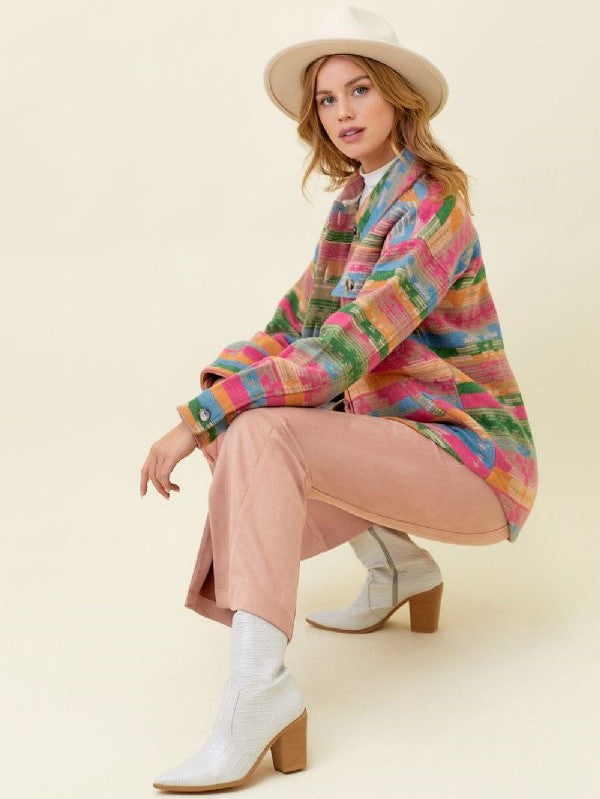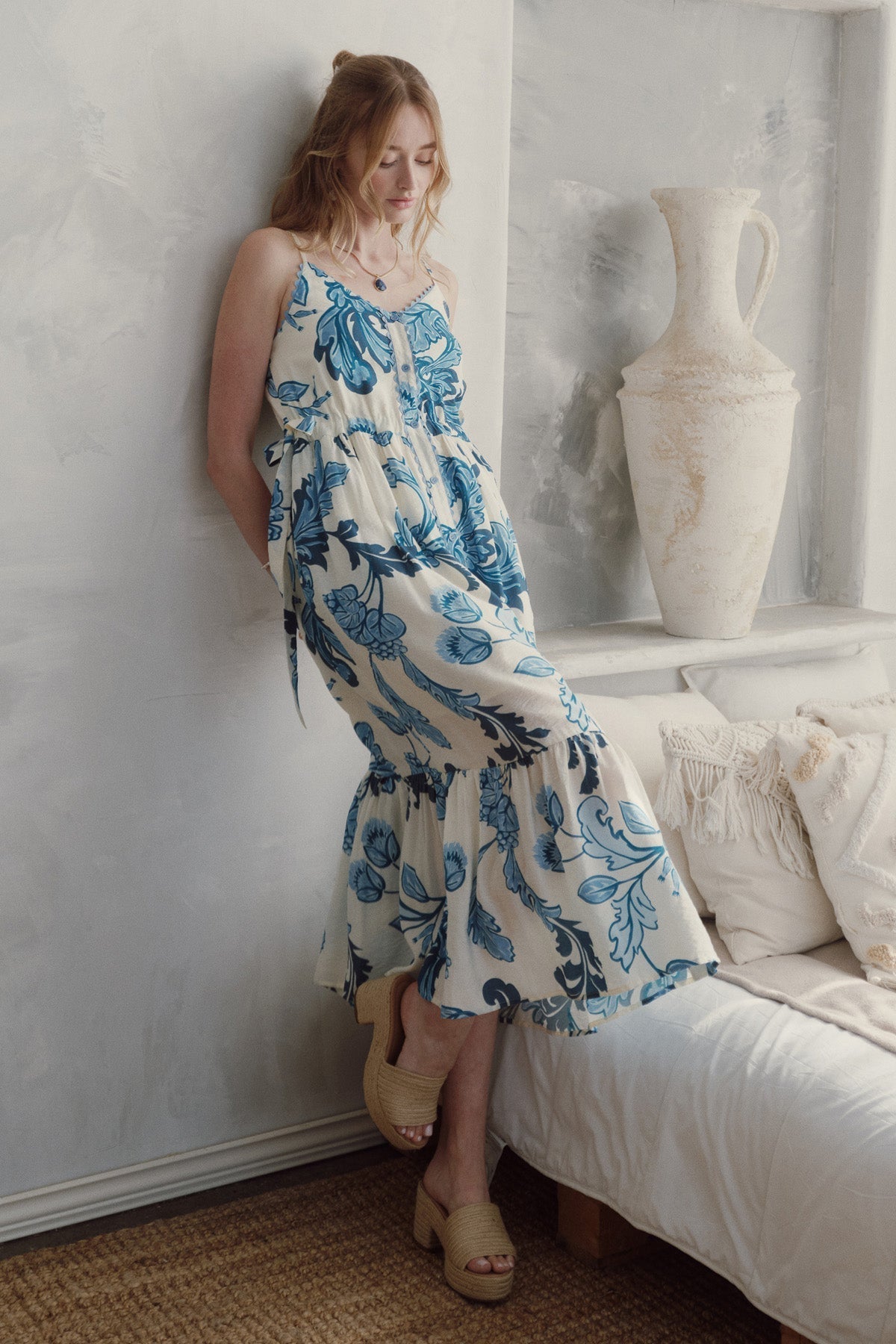Understanding fabric science might sound technical, but it's one of the most practical skills you can develop for building a wardrobe that truly serves your lifestyle. The difference between a dress that maintains its shape and color after multiple wears versus one that stretches out or fades lies entirely in the fabric choice and construction. When you understand how different materials behave, you can make informed decisions that result in clothing that looks better, lasts longer, and feels more comfortable.
The Foundation: Natural vs. Synthetic Fibers
Natural fibers like cotton, linen, and silk have been used for centuries because of their inherent properties that work well with human comfort needs. Cotton, for instance, is naturally breathable and absorbent, making it an excellent choice for warm weather clothing. The cellular structure of cotton fibers allows air to circulate while wicking moisture away from skin, which explains why cotton remains a summer wardrobe staple.
Synthetic fibers, developed in the 20th century, offer different advantages. Polyester provides excellent shape retention and wrinkle resistance, while nylon adds strength and elasticity. The key lies in understanding how these properties serve your specific needs rather than viewing natural or synthetic as inherently superior.
Blended fabrics combine the best characteristics of different fiber types. A cotton-polyester blend, for example, maintains cotton's breathability while gaining polyester's wrinkle resistance and durability. This combination creates fabrics that perform better in daily wear situations than either fiber alone.
Weave Patterns and Their Impact
The way fibers are woven together dramatically affects the final fabric's properties. Poplin, featured in our floral tiered poplin dress, uses a plain weave with slightly heavier crosswise threads, creating a fabric with excellent structure and durability. This weave pattern resists stretching and maintains its shape well, making it ideal for dresses that need to hold their silhouette throughout wear.
Knit constructions, like those used in our contrast zip knit top with side slits, create fabrics with natural stretch and recovery. The interlocking loop structure allows movement while returning to the original shape, providing comfort for active lifestyles. Knits also tend to be more forgiving in fit, accommodating body changes and movement without restricting comfort.
Jersey knits offer a different performance profile than structured knits. The smooth surface and fluid drape of jersey make it comfortable against skin while providing elegant movement. Understanding these weave differences helps you choose fabrics that support your intended use for each garment.
Breathability and Moisture Management
Summer comfort depends heavily on a fabric's ability to manage heat and moisture. Breathable fabrics allow air circulation, preventing the trapped heat that causes discomfort during warm weather. The loose weave structure of certain fabrics creates tiny air pockets that facilitate cooling, while dense weaves can trap heat against the body.
Moisture-wicking properties vary significantly between fabric types. Natural fibers like cotton absorb moisture into the fiber structure, while certain synthetic fabrics move moisture along the surface for faster evaporation. Both approaches have advantages depending on your activity level and climate needs.
The weight of fabric also affects breathability. Lighter-weight fabrics generally allow more air circulation, but extremely lightweight materials may lack the structure needed for flattering silhouettes. The art lies in finding fabrics that balance breathability with the structure needed for your desired look.
Durability and Longevity Factors
Fabric durability involves multiple factors working together. Fiber strength provides the foundation, but weave density, finishing treatments, and care requirements all impact how well a garment maintains its appearance over time. Understanding these factors helps you identify pieces that will remain wardrobe staples rather than temporary additions.
Abrasion resistance determines how well fabric withstands the friction of daily wear. Areas like underarms, inner thighs, and anywhere accessories contact clothing experience the most stress. Fabrics with good abrasion resistance maintain their appearance in these high-wear areas, extending the garment's useful life.
Color retention relates to both fiber type and dyeing processes. Some fibers hold color better than others, while certain dye types resist fading more effectively. Understanding these relationships helps you care for colored pieces appropriately and set realistic expectations for color longevity.
Drape and Structure Balance
The way fabric falls and moves on the body affects both comfort and appearance. Fabrics with good drape, like those used in our scallop floral caftan mini dress, create graceful silhouettes that move naturally with the body. The caftan style relies on fabric drape to create its flattering shape, making material choice crucial for the design's success.
Structured fabrics maintain their intended shape regardless of body movement, creating clean lines and defined silhouettes. These fabrics work well for professional settings or occasions where a polished appearance is important. The botanical tiered midi dress with adjustable straps benefits from structured fabric that maintains the tiered design's intended visual impact.
Finding the right balance between drape and structure depends on the garment's intended use and your personal style preferences. Flowing fabrics create romantic, feminine silhouettes, while structured materials provide professional polish and clean lines.
Care Requirements and Lifestyle Compatibility
Different fabrics require different care approaches, and understanding these needs before purchase prevents disappointment and maintains garment appearance. Some fabrics are naturally low-maintenance, while others require special handling to preserve their properties and appearance.
Wrinkle resistance varies significantly between fabric types and weave patterns. Fabrics that resist wrinkling save time and effort in daily maintenance, making them valuable for busy lifestyles. However, some wrinkle-prone fabrics offer other benefits like superior breathability or luxurious texture that may justify the extra care required.
Shrinkage potential affects both initial fit and long-term wearability. Understanding how different fabrics behave during washing helps you choose appropriate sizes and care methods. Some fabrics are pre-shrunk during manufacturing, while others require careful handling to maintain their dimensions.
Seasonal Fabric Considerations
Summer fabrics need to balance multiple requirements: breathability for comfort, durability for active lifestyles, and structure for flattering silhouettes. Lightweight cottons, linen blends, and certain synthetic fabrics excel in these areas, providing comfort without sacrificing style.
The watercolor floral flutter dress demonstrates excellent summer fabric selection with its lightweight construction that allows air circulation while maintaining enough structure for the flutter sleeve detail. This balance ensures comfort during warm weather while preserving the design elements that make the dress special.
Transition fabrics work across multiple seasons with appropriate styling adjustments. Medium-weight cottons and cotton blends provide versatility for changing temperatures, allowing pieces to work from late spring through early fall with appropriate layering.
Making Informed Fabric Choices
Developing fabric knowledge enables more strategic wardrobe building. Instead of relying solely on appearance or price, you can evaluate how well different fabrics will serve your specific needs and lifestyle requirements. This knowledge leads to more satisfying purchases and fewer wardrobe disappointments.
Reading fabric content labels provides the foundation for informed decisions, but understanding how different fiber percentages affect performance takes this knowledge further. A fabric that's 95% cotton with 5% elastane behaves very differently from 100% cotton, even though both are cotton-based.
Consider your personal priorities when evaluating fabric options. If easy care is important, prioritize fabrics that perform well with minimal maintenance. If breathability is crucial, focus on fabrics with excellent air circulation properties. Understanding your needs helps you make choices that align with your lifestyle and preferences.
Fabric science might seem complex, but the basic principles directly impact your daily comfort and satisfaction with your wardrobe choices. By understanding how different materials behave, you can build a wardrobe that not only looks good but also performs well in your real life, providing years of comfortable, stylish wear.





